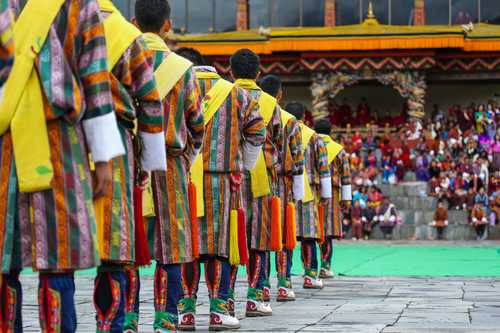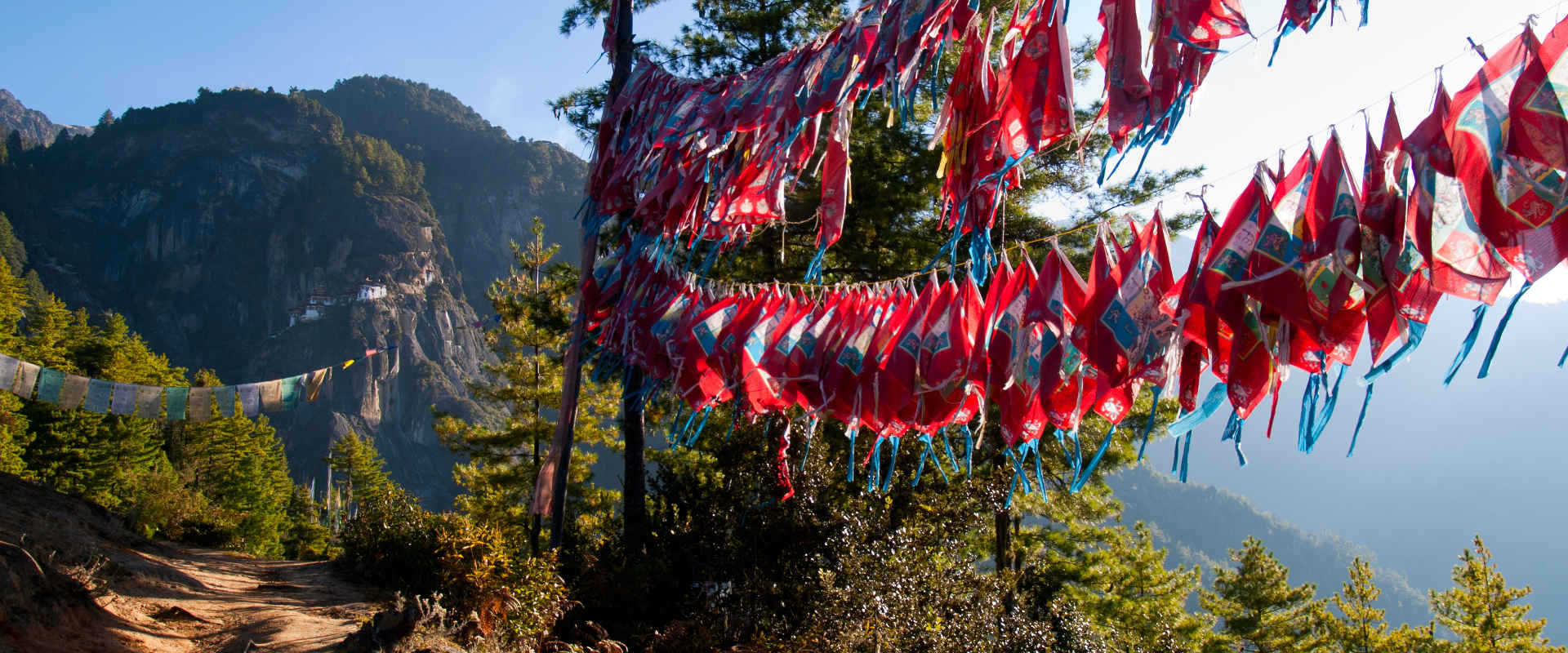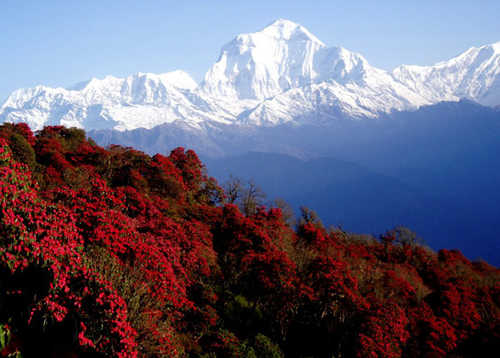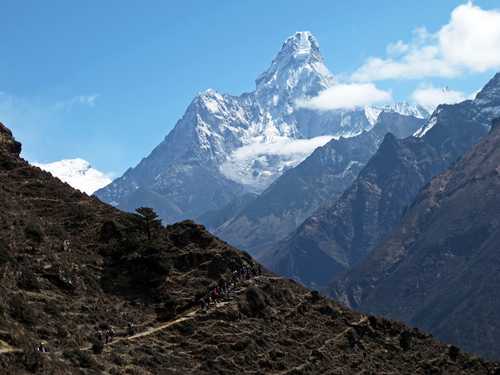Short answer, yes. There are sightseeing flights from Paro Airport over the Chomolhari region. These can be booked at the airport if you wish to do this prior to or after your trip.
Helicopters are also used for emergency rescues in Himalayan Bhutan, which is why you must ensure to have helicopter rescue in your travel insurance. Helicopters will transfer you to medical assistance in Paro then it will be down to your insurance as to where you go from there.




